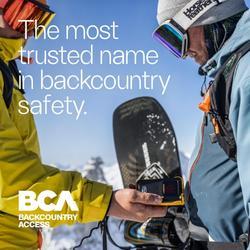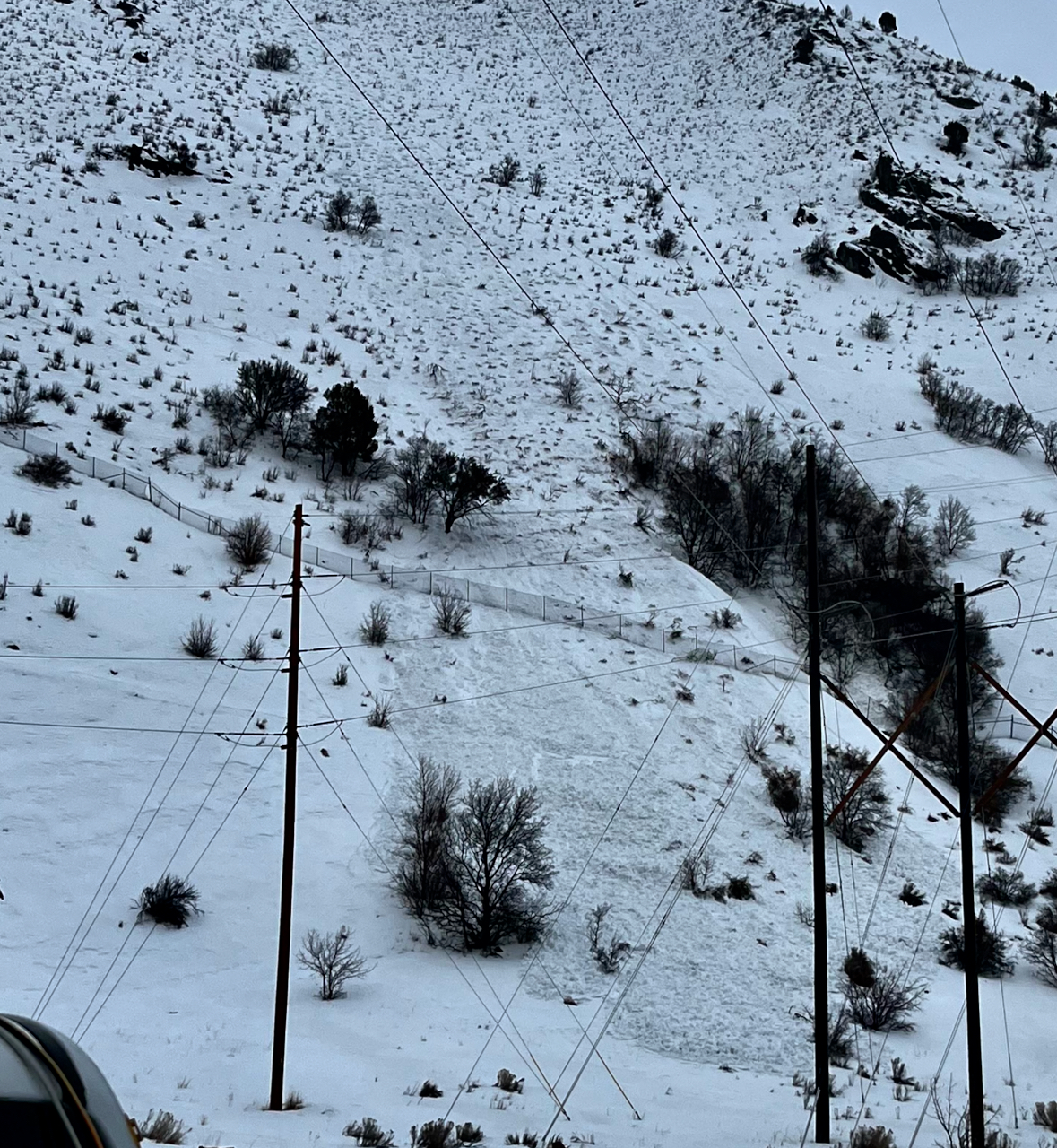Forecast for the Logan Area Mountains

Issued by Toby Weed on
Wednesday morning, February 22, 2023
Wednesday morning, February 22, 2023
There is CONSIDERABLE avalanche danger at all elevations in the backcountry. People are likely to trigger 1 to 2 foot thick slab avalanches of storm snow on slopes steeper than 30°. There are also areas where the danger is HIGH on drifted slopes at upper elevations. Natural avalanches are possible, and some could be long running and destructive.
- Avoid travel in drifted upper elevation terrain and stay clear of avalanche runouts.
- Make conservative decisions and evaluate snow and terrain carefully.

Low
Moderate
Considerable
High
Extreme
Learn how to read the forecast here






